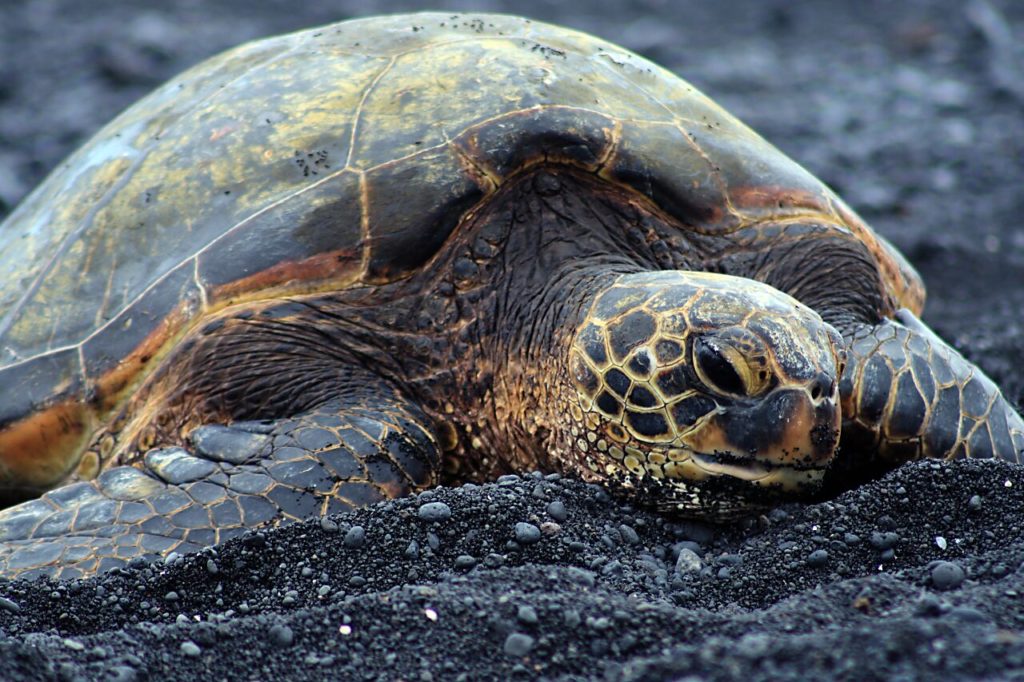
Green sea turtles are one of the world’s largest species of turtle, with some measuring close to four feet long and weighing up to nearly 300 pounds. Their range extends throughout tropical and subtropical seas around the world, with the largest nesting populations found in Costa Rica and Australia.
Green sea turtles get their name from the green layer of fat under their shell, as opposed to their shell itself, which can be brown, green, yellow, and/or black. Scientists believe the green coloring of their fat is a result of their diet. Unlike most other sea turtles, green sea turtles eat marine plants such as seaweed and seagrass.
But new research suggests that green sea turtles are also more likely to swallow plastic because it resembles their natural diet. The scientists from the University of Exeter and the Society for the Protection of Turtles who examined green sea turtles that washed up on beaches in Cyprus found they favored narrow lengths of plastic in natural colors (like green and black) as opposed to debris of other shapes and colors.
Researchers were able to examine the full gastrointestinal tract of 19 green sea turtles. They found pieces of plastic inside every one of them, with the number of pieces ranging from three to 183. Smaller turtles tended to contain more plastic, possibly because they are less experienced or because diet choices change with age and size.
Previous research has suggested that leatherback sea turtles also eat plastic that resembles their food: jellyfish.
Researchers hope these findings will help motivate us to continue to work on reducing our overall plastic consumption and pollution.
***********
Web Links
Green turtles eat plastic that looks like their food
Photo, posted September, 2007, courtesy of Brock Roseberry via Flickr.
Earth Wise is a production of WAMC Northeast Public Radio.
Leave a Reply